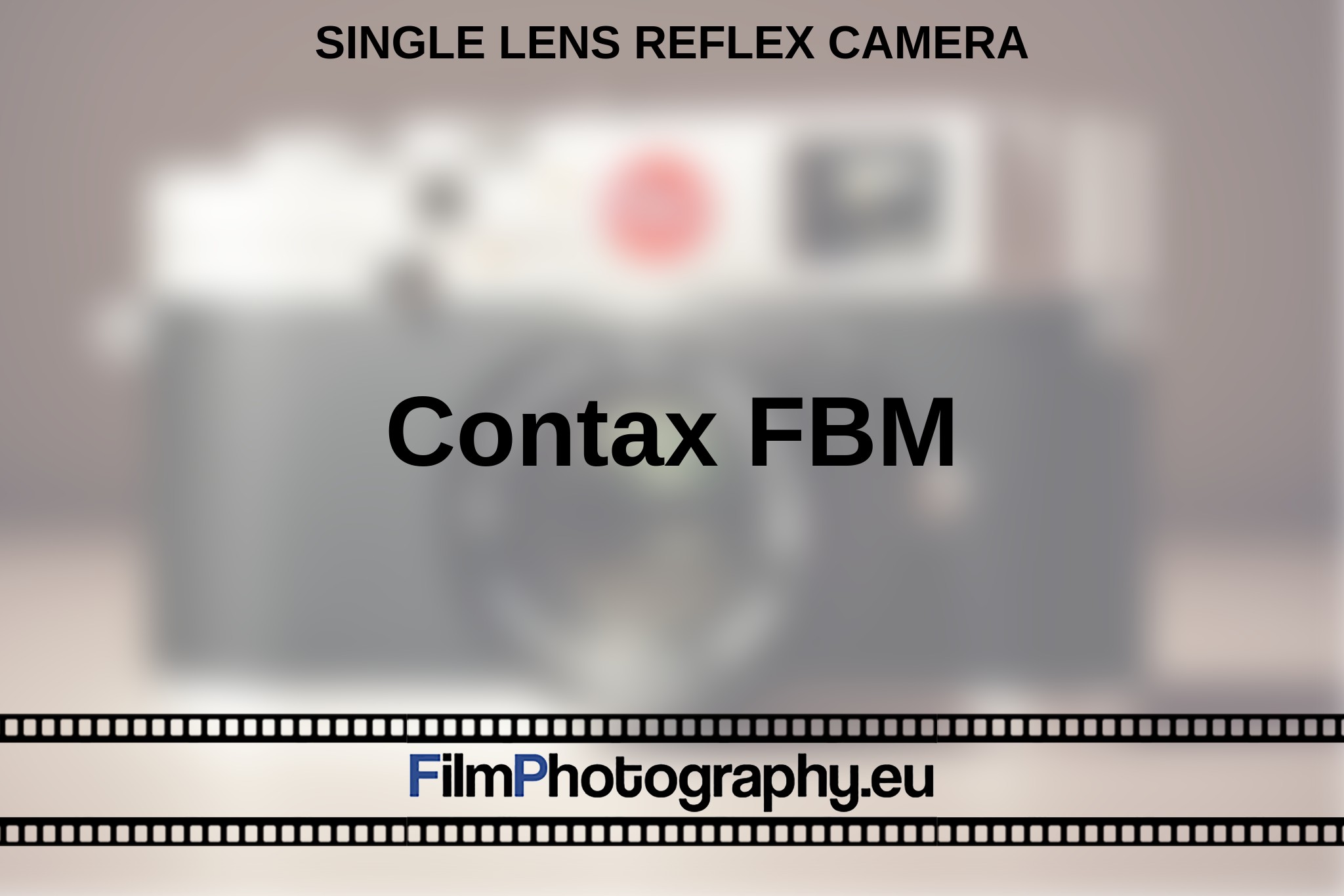The storied saga of the Contax camera brand is indeed one of riveting innovation, ingenious design, and shifting alliances. Its journey from being a prestigious German camera model to a revered brand name under a Japanese multinational encapsulates a pivotal era of technological transformation and geopolitical shifts in the photography industry. This journey took place over several decades, spawning the creation of some of the world’s most celebrated cameras and lenses.
Genesis and the Pre-War Era: Setting New Standards
In the 1930s, Zeiss Ikon, a prominent German camera manufacturer, envisioned crafting a camera that would stand superior to the existing competition, most notably the Leica, which had established itself as a force in the camera industry. The initial brainchild of this venture was the Contax I, which emerged in 1932 as a marvel of innovation and quality, introducing features like a highly complex vertical metal shutter, which allowed for a higher maximum shutter speed. It also introduced a long-base rangefinder system that greatly enhanced focusing accuracy.
During this period, Zeiss Ikon introduced the concept of the System Camera, labeled as the Universalkamera, which permitted the use of a diverse range of lenses and accessories, giving photographers unprecedented versatility in shooting in a variety of conditions and styles.
With the onset of World War II, the production of Contax cameras at the Dresden factory was disrupted, which laid the groundwork for significant shifts in the industry post-war.
Post-War Developments: Innovation and Transition
The post-war period ushered in a new phase for Contax, marked by innovation and transition. The original factory had suffered during the war, and production was moved to Ukraine in the city of Kyiv. Despite the challenges, Contax strived to evolve, with efforts to convert it into a single-lens reflex camera. This period also saw the birth of the Contax S, which not only introduced the industry-standard M42 lens mount but also featured a horizontal focal-plane shutter and the pioneering use of a pentaprism for eye-level viewing, setting the template for modern SLR cameras.
The Cold War Era: Split and Divergence
The Cold War era marked a period of split and divergence, as political tensions resulted in a split between the East and West German entities. Zeiss Ikon faced significant challenges during this period, eventually giving way to the rise of the Japanese camera industry. The company sought alliances with Japanese manufacturers, first with Asahi, the maker of Pentax, and later with Yashica. This alliance saw the rebirth of Contax as a line of modern single-lens reflex cameras, initiating with the launch of the RTS in 1975.
The Kyocera Era: The Final Chapter
The acquisition of Yashica by Kyocera in 1983 marked the final chapter in Contax’s history. Kyocera continued to manufacture products under both the Yashica and Contax brand names, leading to the introduction of groundbreaking products like the Contax G1 and G2, which were highly praised for their lens quality and innovative features. However, the dawn of the digital age posed new challenges for the brand. Despite efforts to transition into the digital market, the brand could not replicate its previous successes. In 2005, facing declining sales and stiff competition, Kyocera announced the discontinuation of all photographic equipment manufacturing, including the Contax brand, bringing an end to a prestigious lineage of camera production.

